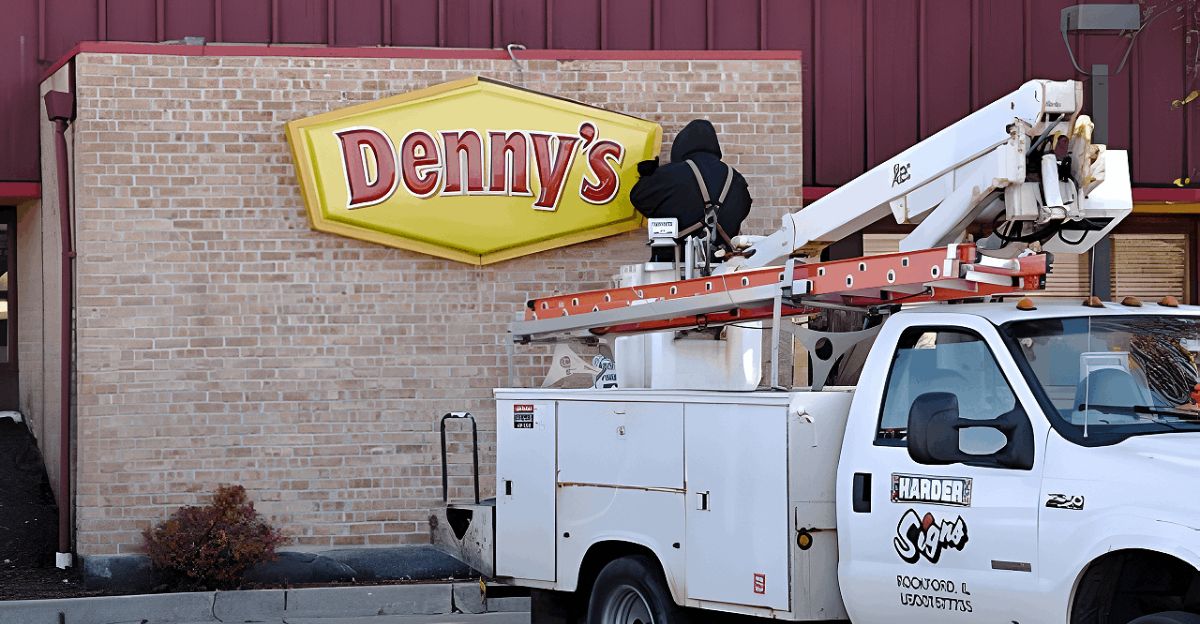
After closing 88 restaurants in 2024, Denny’s, a well-known American restaurant chain with more than 1,500 locations, said it would speed up its closures in 2025. Due to declining sales, inflation pressures, and lease expirations, the company plans to close 70 to 90 restaurants this year.
In just two years, this accelerated shutdown wave amounts to almost 180 closures, eliminating roughly 6% of its nationwide footprint. As the chain adjusts to changing market dynamics and consumer uncertainty, this retrenchment represents one of Denny’s steepest cutbacks in decades and signals a crucial change in strategy.
Historical Background of Settlements

Denny’s has been in business for more than 70 years, and many of its locations have been in steady trade areas for decades. However, older, lower-volume locations are no longer as viable due to shifting consumer behaviors and increased competition.
Like other well-established brands, Denny’s is currently experiencing a wave of closures, which can be attributed in part to natural lifecycle shifts where underperforming units lose relevance and trade areas change. Traditional business recalibrations in mature market phases are reflected in this historical pattern of pruning underutilized assets.
Impact of Inflation and Growing Costs
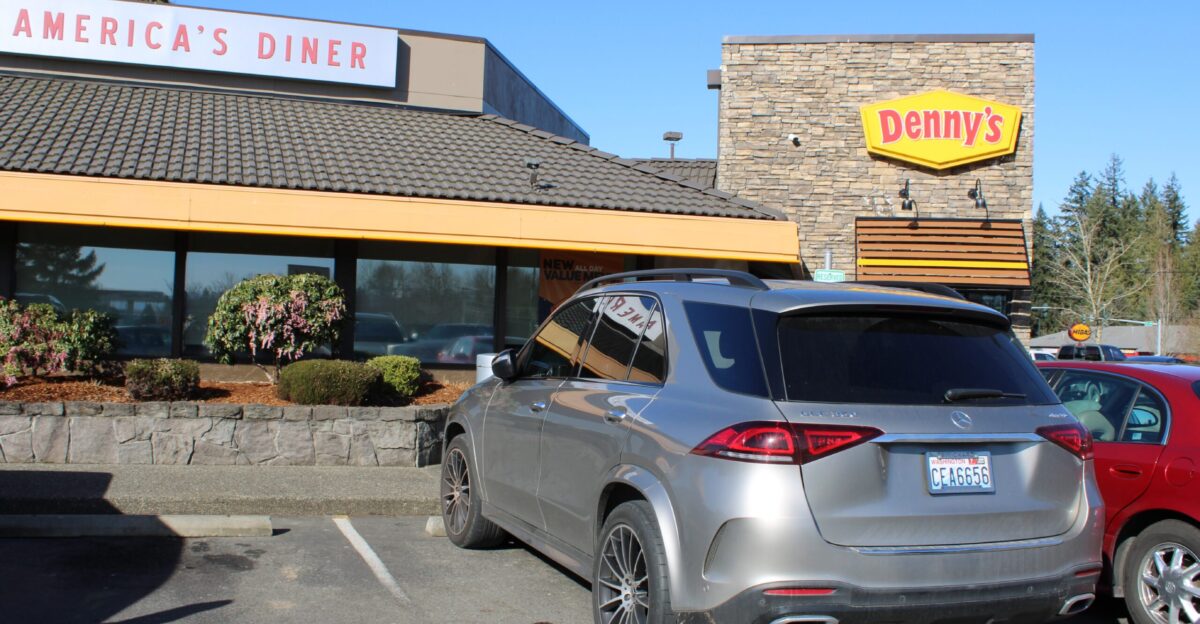
Denny’s continues to face a significant challenge from inflation, which has an impact on both operating expenses and customer spending. Costs are raised by rising food prices, particularly for eggs and other staples, as well as increasing leasing fees.
These elements have a direct negative impact on profitability in older or smaller locations with narrower margins. In order to offset costs, rivals like Waffle House have implemented small “egg taxes.” Denny’s must strike a balance between price and value in order to keep customers despite facing comparable inflationary pressures.
Real Estate Expenses and Lease Expirations

Lease expirations on aging properties, which are frequently too expensive to renovate or renew, are a significant contributing factor to closures.
Denny’s chooses to close low-volume locations rather than investing in pricey remodels, allowing franchisees to put their money into better-performing eateries. As the chain expands its footprint, lease-related closures are a reflection of strategic real estate portfolio management meant to maximize site profitability and operational efficiency.
Shifting Customer Preferences

Full-service casual dining concepts like Denny’s are facing challenges as consumer dining preferences shift toward takeout and faster food options.
Customers prefer speed and convenience over traditional sit-down meals after the pandemic, which has decreased foot traffic in many diner locations. Family dining chains see greater drops in patronage than other restaurant formats, according to industry data, which puts pressure on Denny’s to change or close underperforming locations where demand wanes.
Performance Highlights Financial Struggles

Despite largely stable revenue streams, Denny’s financial results show stress with 2025 Q2 earnings misses and revenues that are marginally below expectations. Due to competitive pressures and macroeconomic headwinds, profit margins and earnings per share have decreased.
Retrenchment is justified by this financial strain since profitability must be prioritized by closing low-return stores and allocating resources to expansion prospects like renovated spaces or acquisitions like Keke’s Breakfast Cafe.
Enhancements to Cash Flow and the Franchising Model

By removing underperforming units and allowing reinvestment into renovated locations that have been shown to increase traffic by 6.5%, the closures support stronger franchisee cash flow. Franchise economics and brand health are enhanced by a more streamlined portfolio, freeing up funds for loyalty and traffic-generating projects.
As a result, a cycle is created whereby investments in successful businesses promote long-term expansion while reducing losses from underperforming eateries.
Modernization and Renovation Initiatives

Denny’s is implementing a remodel program at a few locations and reports higher customer traffic where improvements are made. However, only a small portion of the 1,300 restaurants in the United States have undergone renovations, demonstrating the extent of neglected maintenance at many locations.
By eliminating restaurants that are unlikely to benefit from modernization, accelerated closures allow for a focused upgrade strategy that can better satisfy shifting customer demands for ambiance and level of service.
Climate and External Factors’ Effects
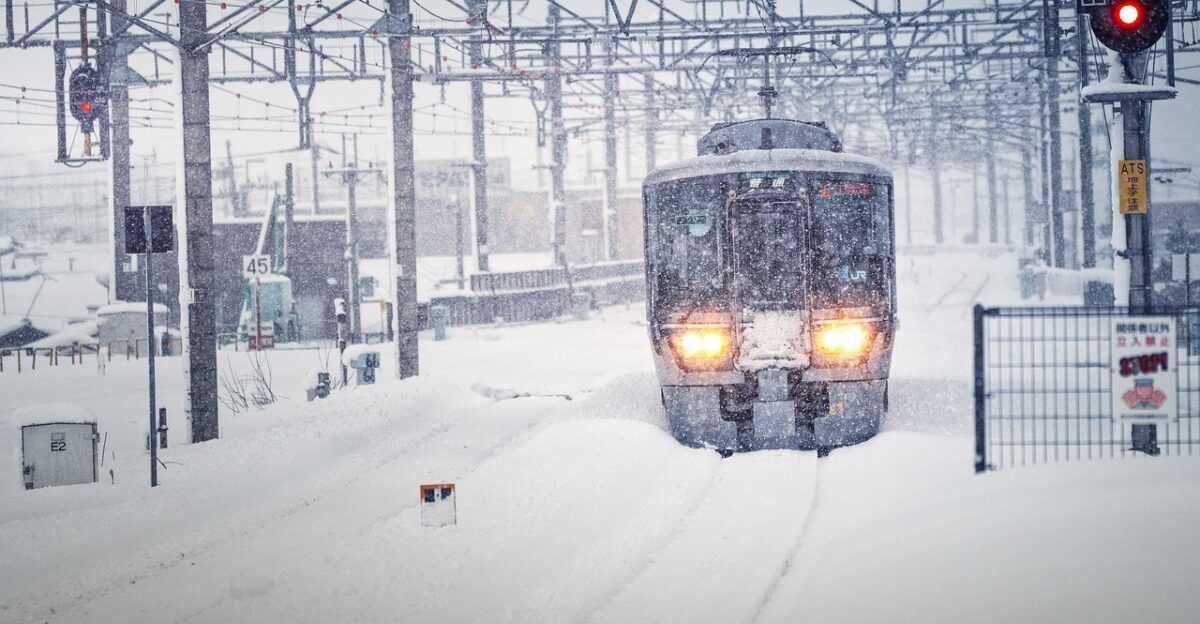
Unpredictably, severe weather events like snowstorms in the United States and wildfires in California have also reduced consumer spending, which has increased business uncertainty. These externalities threaten stable operating conditions in addition to supply chain problems and growing tariffs.
Denny’s recognizes this “uncertainty” as a key justification for expedited closures, upholding responsible risk management in the face of an uncertain economic and environmental environment.
Closures’ Scope and Scale
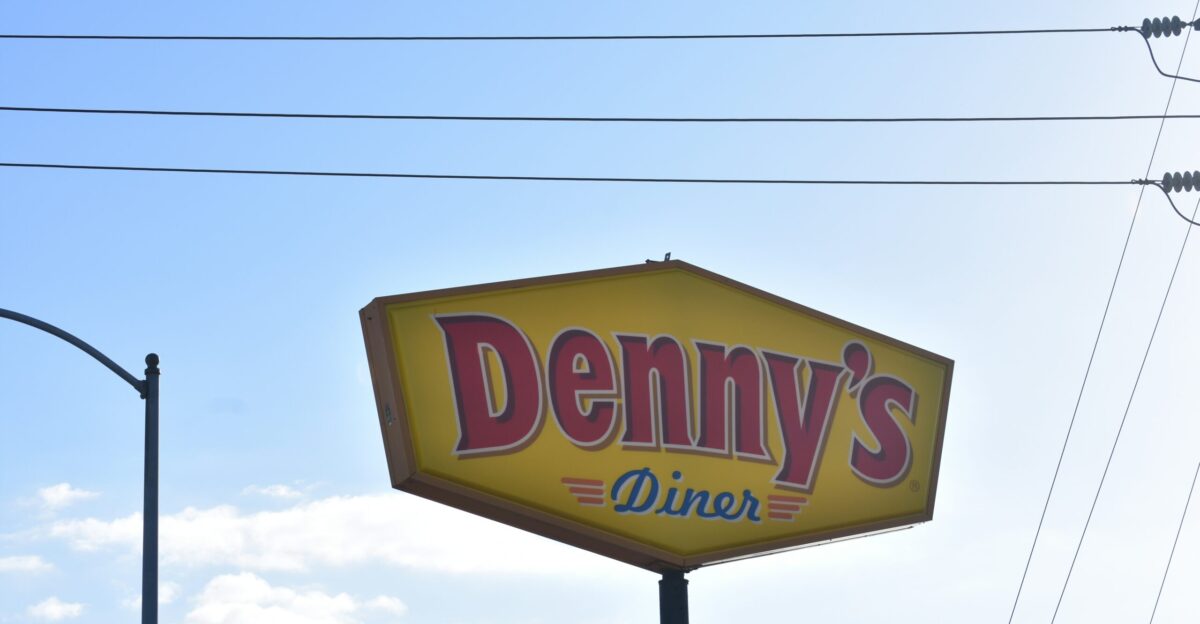
By the end of 2025, there may be 178 closures, more than twice as many as the 88 site shutterings that occurred the year before, so Denny’s layoffs are significant. Its nationwide presence is drastically altered by this nearly 6% decrease in total locations.
With an emphasis on closing “low volume” and aging restaurants that detract from overall system results, the cuts show a strategic shift away from indiscriminate scaling down and toward performance optimization.
Retrenchment as a Strategic Adaptive Measure

Accelerated closures are the result of a deliberate recalibration to bring the chain into line with current market demands. It permits investment in areas of innovation and growth while reducing the risks associated with overextension and waning relevance.
Long-term sustainability and preventing brand erosion from maintaining too many marginally profitable outlets in a changing consumer landscape require this uncomfortable but necessary retrenchment phase.
Effects on Employees and Franchisees
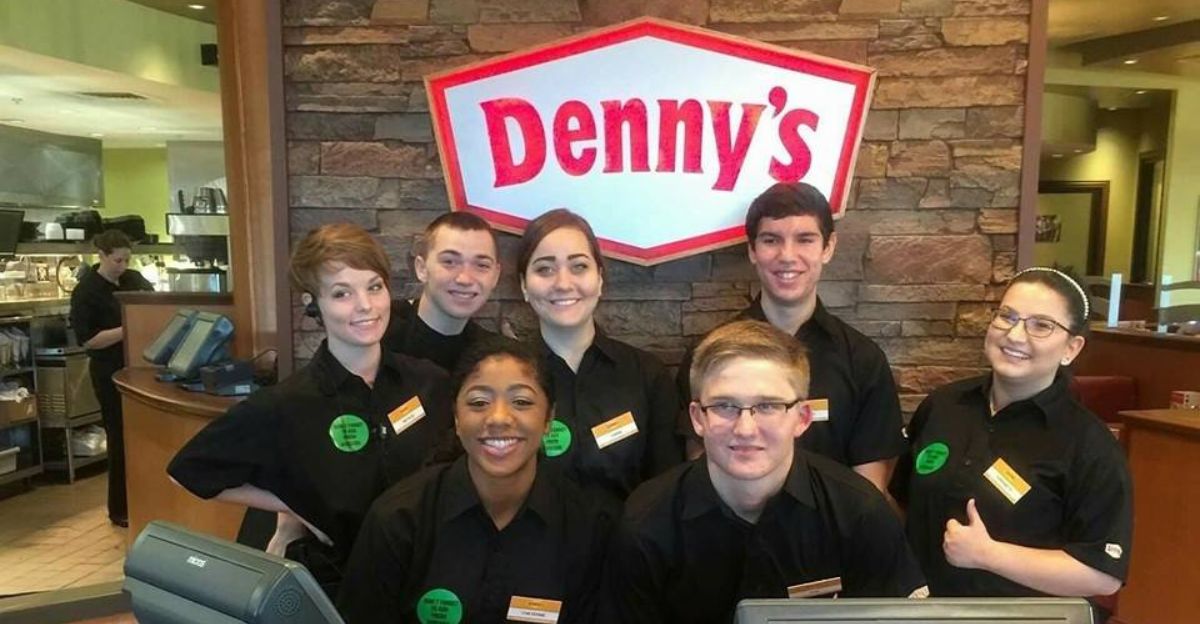
Closings have an impact on both employees and franchisees, but the goal is to improve the financial stability of franchisees and the viability of franchise systems.
In a challenging retail climate, franchisees gain from reallocating resources to fewer, higher-performing locations. Restructuring and staff reductions are side effects of a larger industry trend toward leaner operations in casual dining to meet efficiency targets and shifts in demand.
Industry Trends and Market Competition

In the face of shifting consumer preferences and inflation, Denny’s layoffs reflect broader trends of contraction and conversion in the restaurant industry. Similar difficulties are faced by rivals; low-performing locations are closed by chains like Red Lobster and Applebee’s.
On the other hand, companies like Chili’s that prioritize value and customer satisfaction have increased their market share, highlighting the need for Denny’s to change or cut back in order to stay competitive.
Portfolio Realignment and Brand Development

Closing underperforming locations complements Denny’s initiatives to incorporate growth-oriented acquired brands, such as Keke’s Breakfast Cafe. Instead of a complete contraction, the opening of 25–40 new restaurants, divided between Denny’s and Keke’s, indicates a selective realignment of the portfolio.
In order to create a revitalized brand ecosystem that is better suited for future success, this methodical approach strikes a balance between pruning and measured expansion.
Effects of “Uncertainty” Messaging on the Mind

The shutdown wave’s classification as “uncertainty” draws attention to the psychological impact of customer sentiment on company viability. Spending patterns are impacted by economic uncertainty, which raises risk aversion and lowers discretionary eating out.
Preemptive closures are a defensive tactic to stabilize cash flow and brand perception by avoiding prolonged exposure to deteriorating trade areas, as this psychological environment exacerbates actual financial pressures.
Historical Similarities in Retrenchments at Restaurant Chains

Large restaurant chains have historically experienced cyclical layoffs during changes in the market. Chains like Bennigan’s and Howard Johnson’s, for instance, experienced declines as a result of their inability to adapt.
Denny’s current approach follows successful precedents where survival was made possible by focusing on innovation and pruning out subpar units. Proactive retrenchment is therefore a historically supported route to resurrection because ignoring such signals frequently results in brand deterioration and eventual collapse.
Unconfirmed Predictions Regarding Upcoming Consumer Patterns

Future developments like more digital food delivery, virtual kitchens, or plant-based diets that push traditional diner menus to the sidelines pose even more of a threat to Denny’s.
The prudentness of Denny’s proactive shrinkage to safeguard capital is highlighted by these speculative forces. Denny’s has an operational advantage for strategic repositioning by embracing agility in the face of uncertain consumer future scenarios.
Focused Footprint Optimization

Unlike growth-at-all-costs strategies, Denny’s closures demonstrate a “focused footprint optimization” model, which aims to reduce size while enhancing quality and financial health.
By putting unit economics ahead of sheer scale, this strategy enables an established brand to withstand waves of modernization. It asserts that market fit and agility, not just expansion volume, are the keys to long-term profitability.
Wider Cultural and Economic Consequences

The closures are indicative of broader changes in the economy as consumer confidence varies in the face of external shocks and inflation. Culturally speaking, the demise of classic eateries like Denny’s indicates that American social customs surrounding eating out are evolving.
Restaurant closures have an impact on local economies, igniting a fresh discussion about changing 21st-century consumption patterns and community identity.
In Conclusion

A strategic realignment is required, as evidenced by Denny’s hastened closure of almost 180 locations by the end of 2025 due to lease expirations, inflation, and changing customer preferences. Through remodeling and targeted expansion, this targeted layoff reduces financial risk, enhances franchisee cash flow, and positions the brand for long-term, sustainable growth.
Although difficult, this decision is in line with past practices and current market conditions, demonstrating a shrewd, flexible strategy for ensuring long-term survival in a disrupted casual dining environment.